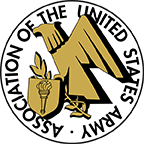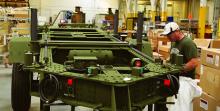Torchbearer Issue Papers
Torchbearer Issue Papers
Torchbearer Issue Papers are discussion papers on key strategic issues relevant to the U.S. Army and its role in national defense. These messages are sent to the military and civilian leadership of the United States Army and the Department of Defense, selected segments of the American public, members of Congress, key congressional staff, industry and the administration.
This series was published from 2001 to 2016.



